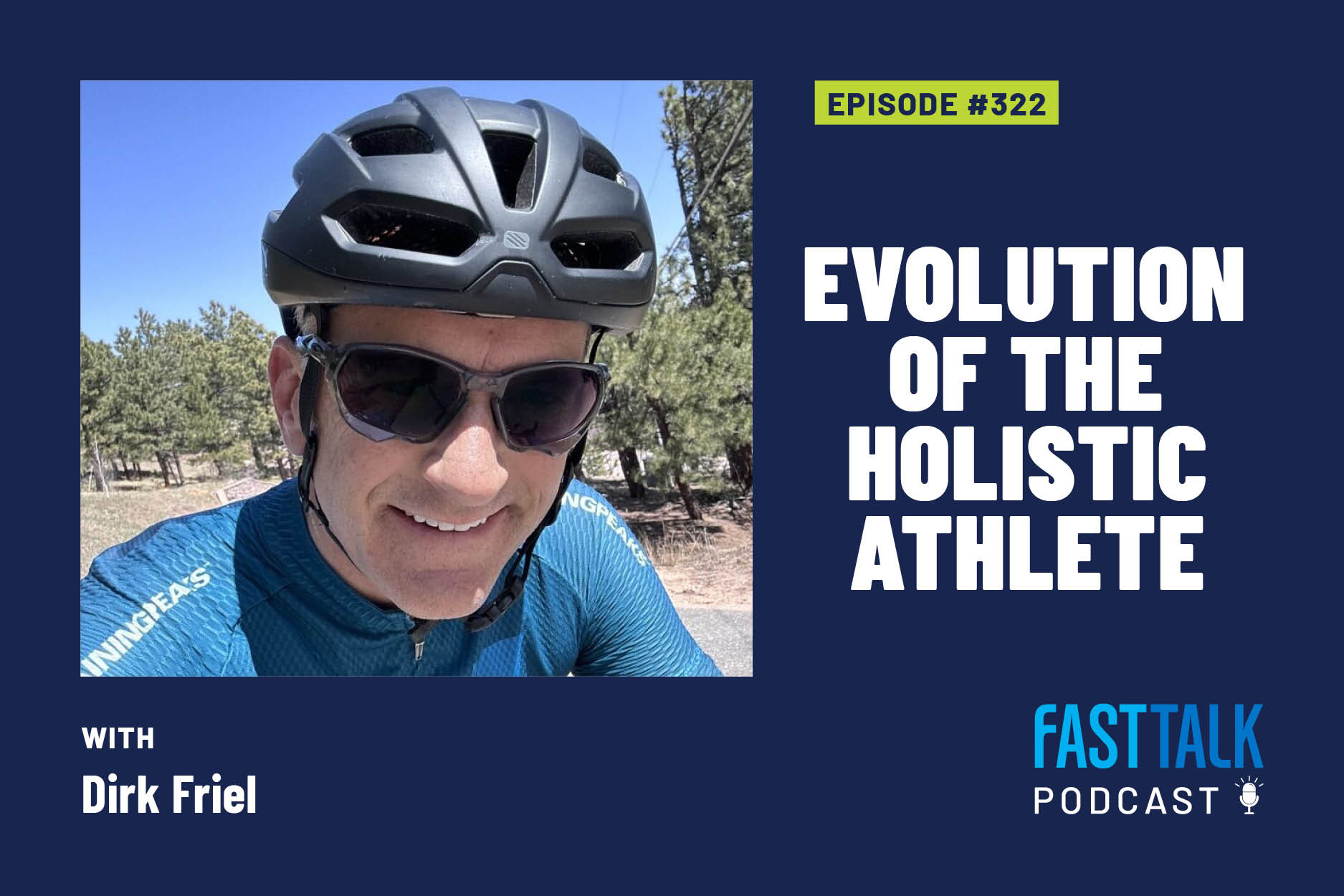We talk with TrainingPeaks founder Dirk Friel about how athletes, coaches, and training software now focus on the whole athlete instead of only training plans.
We talk with TrainingPeaks founder Dirk Friel about how athletes, coaches, and training software now focus on the whole athlete instead of only training plans.






